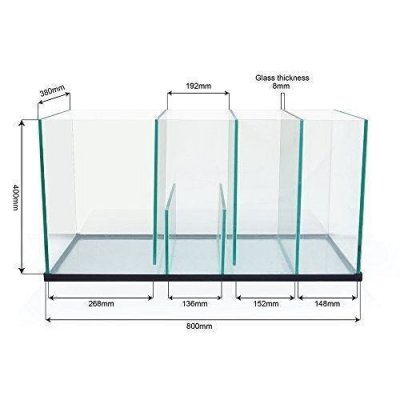Hello, I've been out of the hobby a while and I'm about to start up a new 350 litre tank and have never used a refuge in any of my previous tanks.
Please feel free to advise, my plan is:
* Add ATM colony to the new tank
* Run the tank for a few days to 1 week with no lights and no skimmer - to allow the nitrifying bacteria time to get a foothold biofilm and feed from the live sand ammonia.
* Add a fish or two for more ammonia.
* get a refuge established to avoid "the ugly stage" and export nutrients as opposed to algae growing in the tank.
Questions
1. How early could I start the refuge?
2. My sump is small, I don't know what to put in each compartment or where to house the refuge and skimmer, see the photo of my sump below.
3. What's the best low cost LED refuge light people use?
4. What should go in the refuge with the chaeto?
5. Is my cycling method OK? The bottle of ATM colony says to add fish right away?
Thanks very much, a sump and refuge are all new to me.

Please feel free to advise, my plan is:
* Add ATM colony to the new tank
* Run the tank for a few days to 1 week with no lights and no skimmer - to allow the nitrifying bacteria time to get a foothold biofilm and feed from the live sand ammonia.
* Add a fish or two for more ammonia.
* get a refuge established to avoid "the ugly stage" and export nutrients as opposed to algae growing in the tank.
Questions
1. How early could I start the refuge?
2. My sump is small, I don't know what to put in each compartment or where to house the refuge and skimmer, see the photo of my sump below.
3. What's the best low cost LED refuge light people use?
4. What should go in the refuge with the chaeto?
5. Is my cycling method OK? The bottle of ATM colony says to add fish right away?
Thanks very much, a sump and refuge are all new to me.














